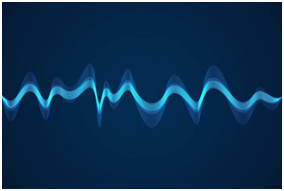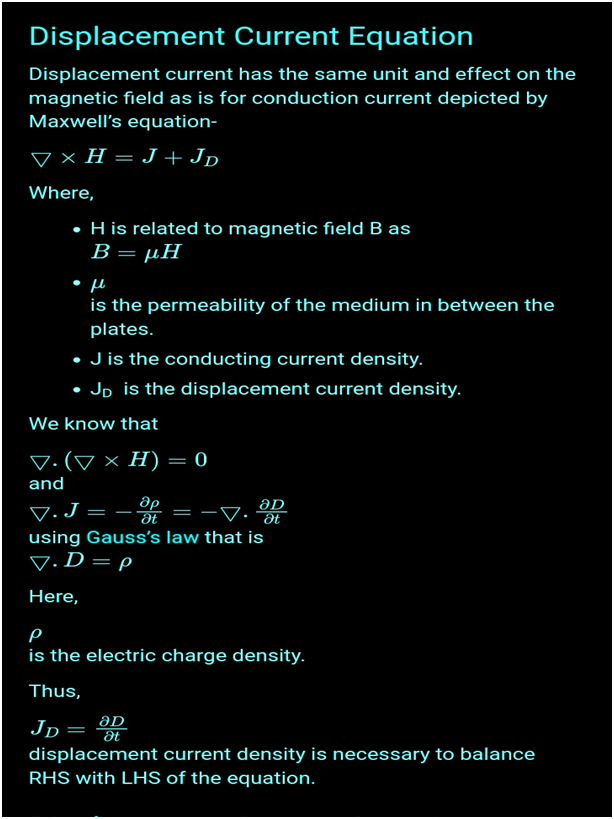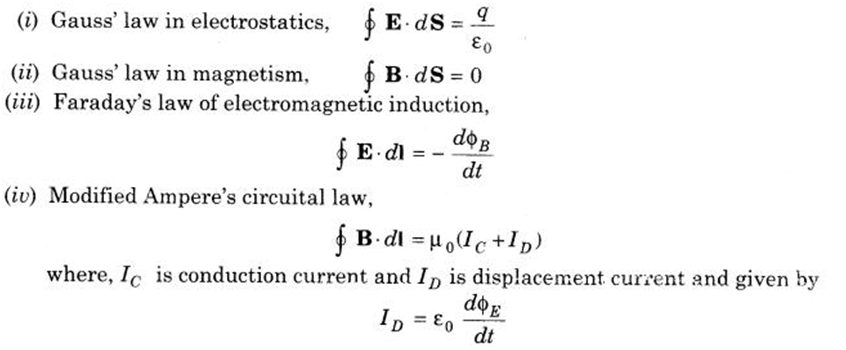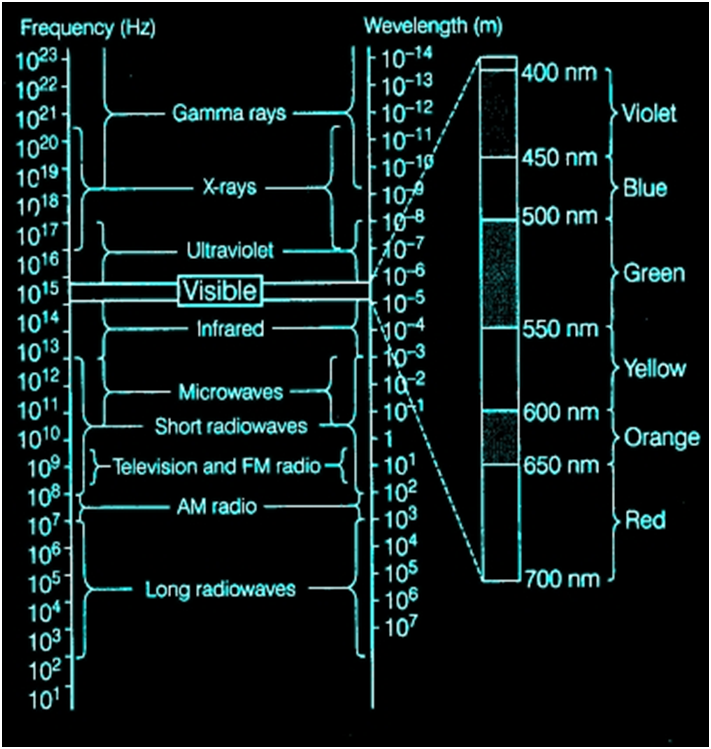- Books Name
- Physics Book Part l and ll
- Publication
- Grow Career Publication
- Course
- CBSE Class 12
- Subject
- Physics
Chapter 8: Electromagnetic Waves

Electromagnetic Waves
DISPLACEMENT CURRENT
Displacement current is a quantity appearing in Maxwell’s equations. Displacement current definition is defined in terms of the rate of change of the electric displacement field (D).Apart from conduction current, there is another type of current called displacement current. It does not appear from the real movement of electric charge as is the case for conduction current.

ELECTROMAGNETIC WAVES
- The Magnetic field is produced by a moving charged particle. A force is exerted by this magnetic field on other moving particles. The force on these charges is always perpendicular to the direction of their velocity and therefore only changes the direction of the velocity, not the speed.
- So, the electromagnetic field is produced by an accelerating charged particle. Electromagnetic waves are nothing but electric and magnetic fields travelling through free space with the speed of light c. An accelerating charged particle is when the charged particle oscillates about an equilibrium position. If the frequency of oscillation of the charged particle is f, then it produces an electromagnetic wave with frequency f. The wavelength λ of this wave is given by λ = c/f. Electromagnetic waves transfer energy through space.
- Electromagnetic wave equation describes the propagation of electromagnetic waves in a vacuum or through a medium.

Maxwell’s Equations of Electromagnetic Waves Maxwell’s equations are the basic laws of electricity and magnetism. These equations give complete description of ail electromagnetic interactions.
There are four Maxwell’s equations which are explained below:

Electromagnetic Spectrum The systematic sequential distribution of electromagnetic waves in ascending or descending order of frequency or wavelength is known as electromagnetic spectrum. The range varies from 10-12 m, to 104 m, i.e. from γ-rays to radio waves.

13. Elementary facts about the uses of electromagnetic waves
Radio waves
(i) In radio and TV communication.
(ii) In astronomical field.
Microwaves
(i) In RADAR communication.
(ii) In analysis of molecular and atomic structure.
(iii) For cooking purpose.
Infrared waves
(i) In knowing molecular structure. (ii) In remote control of TV VCR, etc.
Ultraviolet rays
(i) Used in burglar alarm. (ii ) To kill germs in minerals.
X-rays
(i) In medical diagnosis as they pass through the muscles not through the bones.
(ii) In detecting faults, cracks, etc., in metal products,
γ-rays
(i) As food preservation. (ii) In radiotherapy.

 Madhava Publications
Madhava Publications
 Grow Career Publication
Grow Career Publication
